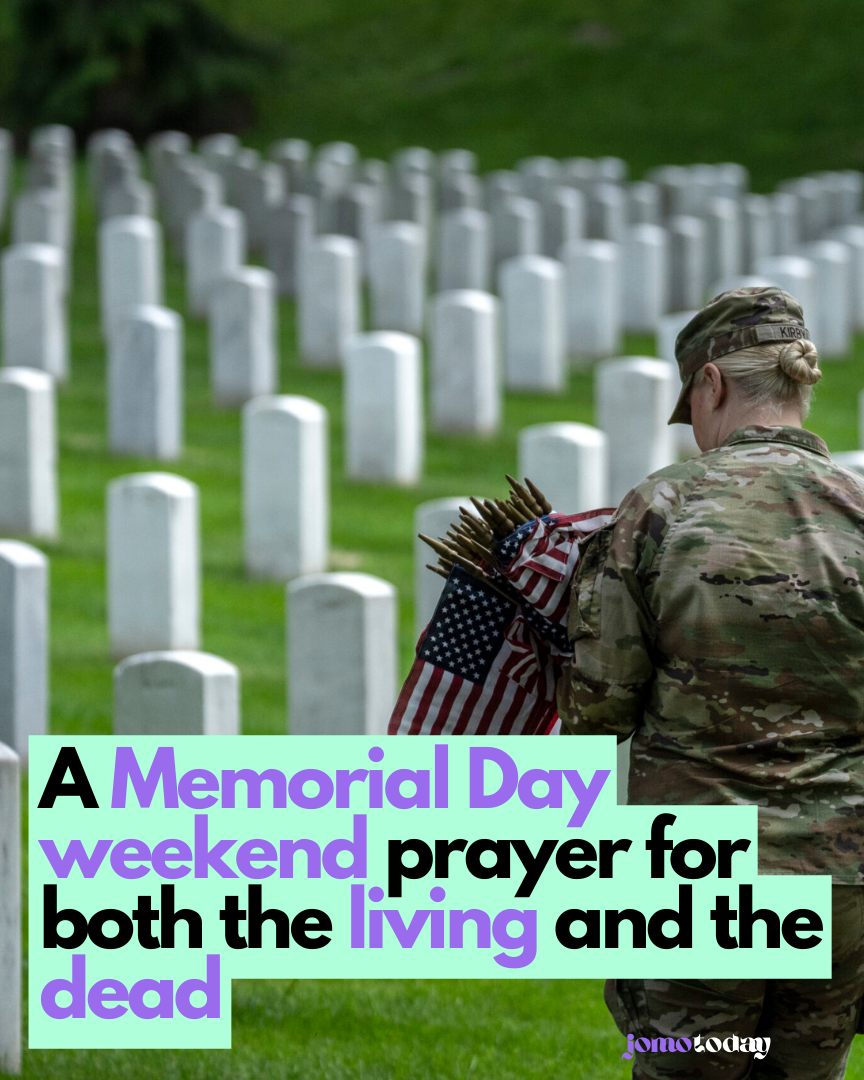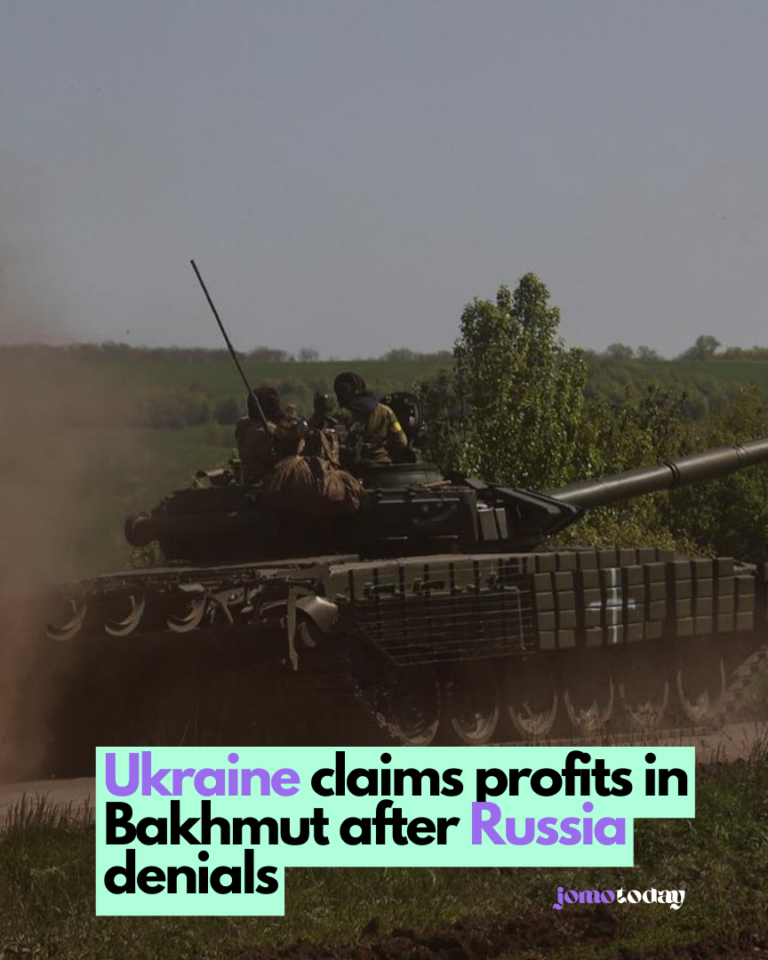By the Sunday before Memorial Day, my father would have already placed flowers on the family graves. He referred to the flowers as “decorations,” as he knew the holiday by its old name, being an original Ozarker. Although the relatives buried in those grassy plots had passed away years or even decades ago, they remained alive in his memory.

As a kid, I often found myself as an unwilling participant in these annual rituals. There wasn’t much for me to do except find shade under a nearby tree and listen with the bored disinterest of a designated witness as my father recited the names on the gravestones. I knew perhaps only one or two of them—my grandmothers, for instance—but the rest were as distant to me as the sun overhead.
My father was not a devout man or particularly fond of ceremonies, but Memorial Day was the one holiday he observed with a rigor that bordered on a civil religion. For Carl McCoy, the year began not with the lengthening days after the winter solstice but with Memorial Day. The solemn remembrance of the dead typically concluded with a family meal (although rarely a picnic), after which the doors to summer were flung open, bringing long days, baitcaster fishing, and homegrown tomatoes by the Fourth of July.
His preparations for Decoration Day were meticulous to the point of obsession. Perhaps it was because most of the men in our extended family had served in the military, or because he himself had been a sailor on the battleship Pennsylvania during World War II. Or maybe it was simply an opportunity to remember all of our deceased relatives, whether veterans or not, in a way that didn’t require a recitation of words or stepping into a church. He was an articulate man, a salesman with the gift of persuasion, but he was reticent about sharing his feelings and uncomfortable with institutionally approved displays of piety or patriotism.
He honored the dead in his own way.
First, there was the matter of the container for the decorations.
As a child of the Great Depression, he adhered to the prime directive of all who have endured hard times: Waste nothing. So, no store-bought pots or vases would suffice. Instead, he spent the previous year saving his empty one-pound coffee tins, spray-painting them in red or sometimes blue. The flowers weren’t purchased either; they came from his yard or, with permission, from the yards and gardens of friends and neighbors.
He didn’t favor any particular variety, but peonies, hydrangeas, and asters were commonly represented. A little tap water was poured into each can, the cut flowers were inserted—if not arranged—and then placed in cardboard pallets in the trunk of his bronze-colored Thunderbird, or later, a blue Buick I never much liked, for the trip to the cemeteries. Both were in Joplin, Missouri, where he grew up and spent most of his life.
He would start at Osborne Memorial Cemetery on the southwest side of town and end at Forest Park in the northeast. Osborne, built in the 1930s by the Works Progress Administration, is an expanse of trees and grass-covered hills separated from an outer road by a native stone wall.
Members of both sides of my family are buried there—people from both Kansas and Missouri—grandparents, cousins, aunts, and uncles. Most of the men’s graves were marked by flags, indicating they were veterans. My father would walk from one group of graves to the other, carrying his tin-can decorations, and remarking on the history of each person. By 1986, my mother was buried there, having died of cancer. Although my parents were separated by that time, and he didn’t have much to say about her grave, it still received one of those painted cans.
My mother endured profound suffering throughout her life, and in her final weeks, her pain was alleviated only by a morphine drip. When she eventually passed away, it felt like a mercy. The immediate cause of her suffering was breast cancer, but other underlying factors remained a mystery known only to her, compounded by a depression that had shadowed her 59 years.

As a child, death was as abstract to me as quantum mechanics. The names on headstones were just symbols, and the dates seemed impossibly distant. My mother’s death changed that. At 28, I understood death not as an abstraction but as the end of a narrative—one lives, one dies, painfully or peacefully, and the story concludes. My mother’s story made me angry, as it felt like she had chosen it. My anger was such that when I began writing novels, I would kill off characters that represented her, trying to make sense of her narrative.
It took years to realize that a life—especially her life—cannot be summed up simply as happy or tragic. Over time, I came to understand that joy and sorrow touch us all.
At Osborne Cemetery, family reunions were often impromptu, with relatives we hadn’t seen in years arriving with decorations. Much of the conversation at graveside revolved around the past, tinged with regret and sometimes resentment. My father would reminisce about walking the surrounding hills barefoot, armed with only a couple of shells for his .22 rifle to bring home a squirrel for dinner. He often recounted how his sister hid a Hershey bar and nibbled on it at night, a childhood betrayal he never forgot.
At Forest Park Cemetery, where my father’s side of the family was buried in the old, semi-wooded section dating back to the 1870s, he would bring tools to trim the weeds and vines around my grandfather’s grave. He always left the wild strawberries growing on the grave of Sgt. William J. Leffew, a former Confederate cavalryman from Tennessee and a family friend from the late 19th and early 20th centuries, despite our family’s Union roots.
By the summer of 1997, my father joined the others at Osborne, with a small American flag marking his grave each Memorial Day.
Death had become very real to me, no longer an abstraction but part of an ongoing narrative. When my father died suddenly from an aneurysm, starting with a blinding headache, he managed to tell his neighbors to call me before he lost consciousness. By the time I reached the hospital, he was unconscious, and the doctors said there was nothing they could do. Death was certain. I touched his toes, noticing how young they looked for a man of 73.
Death no longer felt like the end of a story but part of a continuing narrative. However, I still questioned whether the tale had meaning or was just cold fact—birth here, death there, and a sense of loss if your lives overlap.
Later, an unexpected friendship changed my perspective.
Phil was a fellow author and journalist, a free thinker, sometimes a pain, but always an advocate. We shared many interests—books, photography, science, philosophy, scuba diving—and it felt like we’d known each other forever. He recognized my love for my wife, Kim, before I did and bought champagne for our wedding.
Phil was my best friend for five years. You might remember my 2021 Kansas Reflector piece about him.
In fall 2011, Phil bowed out of a writing conference due to a stomachache, which turned out to be colon cancer. He was dead in three months.
As the end approached, Phil never complained and even joked about his impending death. Kim and I brought him food, which he could barely eat. He accepted his fate without depression, remaining skeptical of an afterlife. As he weakened, I felt a profound desire to be with him at the end, to hold him. His death was not abstract or narrative but a visceral, cold reality. It felt outrageously unfair to him and all who loved him, especially his children. In the end, he was taken to Colorado by his sister, where he died. Grief overwhelmed Kim and me, waves that have now lessened but still come, even after 12 years.
A simple interpretation is that I was grieving my mortality. Perhaps. But there was more to the pain. My reaction was an existential cry against the inevitable loss of all we cherish to time and random misfortune. Death is certain. Truly living, not just surviving, is the challenge. My deep grief at Phil’s death was because he lived deeply and touched many lives, including mine.
When my brother died not long ago, I experienced something deeper. He was much older, a veteran like my father. His death was ordinary, a heart attack at home after a full life. If Phil’s death was like confronting stone, my brother’s death felt like a stone lodged beneath my ribs.
I am not afraid of my own death but of losing those I love.
As Monday concludes a long weekend of honoring our war dead, we continue a tradition that began during the Civil War. This national day of remembrance pays tribute to the men and women who have died in service to our country in all conflicts. We don’t need to force a heroic narrative or judge the conflicts in which they were lost to honor them. I’m reminded of Tennyson’s “Charge of the Light Brigade,” perhaps the most famous war poem, which celebrated the valor of Crimean War soldiers who perished due to an administrative “blunder.”
The massive slaughter of the Civil War, which claimed over 600,000 soldiers’ lives, transformed Americans’ perception of death. It led to the common practice of embalming, starting with Col. Elmer Ellsworth, the first Union officer killed. Ellsworth, a friend of Abraham Lincoln, was shot in May 1861 after removing a rebel flag from a rooftop in Alexandria, Virginia. His embalmed body lay in state at the White House and was later viewed by thousands in New York.
Following the war, local tributes to war dead became common in both the North and the South, evolving into regular springtime events. From 1868 to 1970, Memorial Day was observed on May 30; it became a federal holiday in 1971, observed on the last Monday in May.
The Civil War not only shaped our concept of the modern funeral but also spurred a surge in spiritualism, with seances promising communication with the departed due to the war’s grim aftermath—nearly every family experienced a death.
I don’t know if there is an afterlife. Shakespeare’s “secret house of death” remains beyond earthly experience. The mystery may be revealed at the moment of our passing, or it may remain forever locked in oblivion. Our cemeteries and monuments are not tributes to glory so much as they are question marks made of stone.
What has emerged from these questions is a collective narrative of sacrifice in service to good. While I think the term hero is used too loosely today, I agree with Joseph Campbell’s definition: “A hero is someone who has given his or her life to something bigger than oneself.”
On this Memorial Day weekend, pay your respects to the dead. But also make time to remember the living. Share in the joys and sorrows of others. Be brave enough to love, even though it risks a stone in the heart. Reflect on what is bigger than yourself. And to the power and mystery of our collective national memory, offer an act of civic prayer, even if it’s just a painted coffee can filled with borrowed flowers.
Read More: Barry Humphries: Entertainer’s life celebrated at Sydney Opera House state memorial
Disclaimer:
This content is AI-generated using IFTTT AI Content Creator. While we strive for accuracy, it’s a tool for rapid updates. We’re committed to filtering information, not reproducing or endorsing misinformation. – Jomotoday for more information visit privacy policy






Leave a Comment